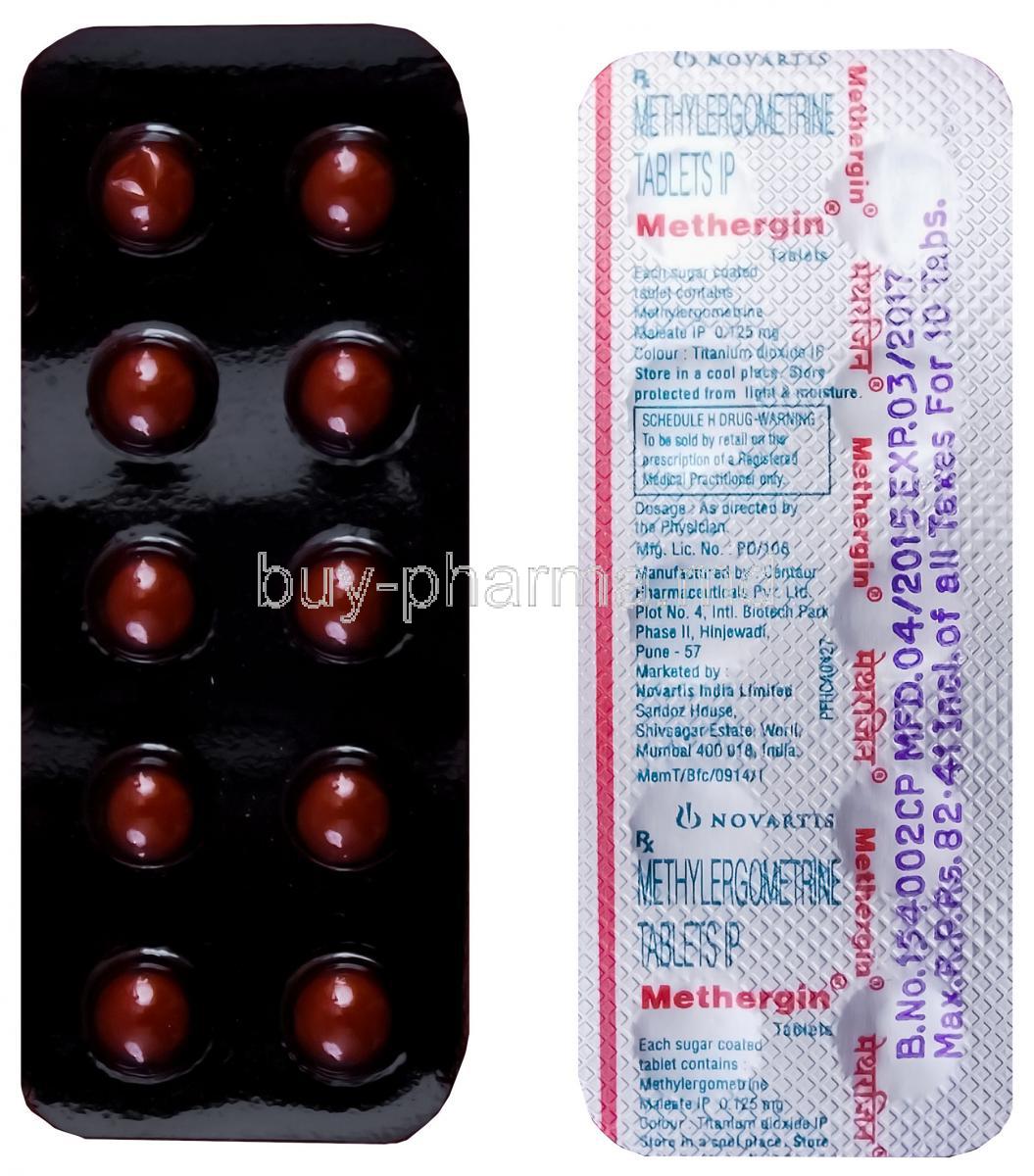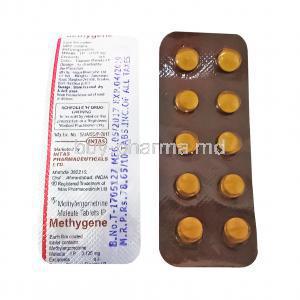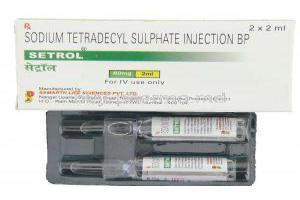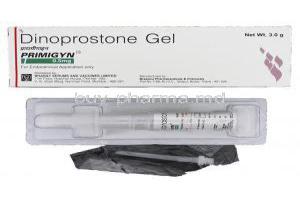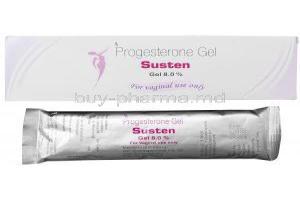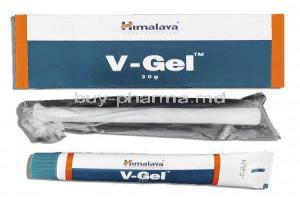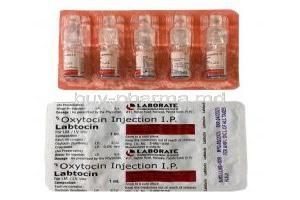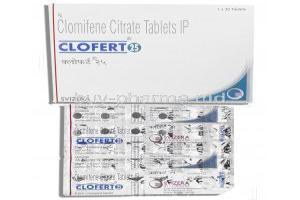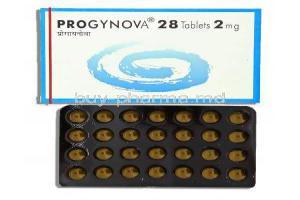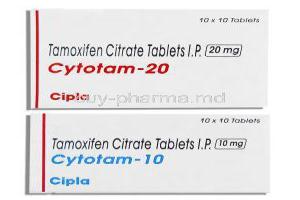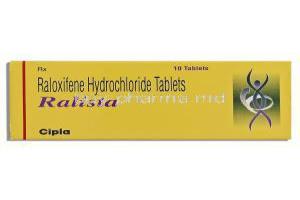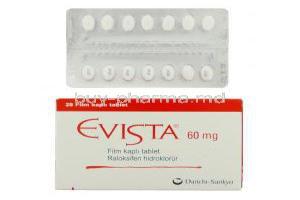Methylergometrine
- Introduction
- What is Methylergometrine?
- How Methylergometrine Works
- Uses of Methylergometrine
- Dosage and Administration
- Composition and Storage
- Common Side Effects
- Severe Side Effects and Warnings
- Contraindications and Careful Administration
- Important Precautions
- Drug Interactions
- Administration to Special Populations
- Overdosage and Emergency Measures
- Handling Precautions
- Conclusion
Introduction
Methylergometrine plays a role as an essential medicine, especially in the field of obstetric care. It is primarily used for treating postpartum hemorrhage, and its importance in the field cannot be overstated. This detailed article explores aspects of Methylergometrine, such as how it works, its various uses, and safety considerations.
What is Methylergometrine?
The composition of Methylergometrine consists of ergot alkaloids, which are potent compounds with pharmacological effects. It was initially developed in the century and has undergone improvements since then. Regarding its status, the Food and Drug Administration (FDA) has officially sanctioned Methylergometrine for specific medical purposes.
How Methylergometrine Works
To comprehend how Methylergometrine works, we must examine its impact on both the physiological levels. This substance stimulates contractions in the uterus muscles, which helps regulate bleeding. The duration of its effects can differ based on factors such as how it's administered and other pharmacokinetic considerations.
Uses of Methylergometrine
Officially Approved Uses
Methylergometrine is a medication used to manage and control uterine bleeding during surgical procedures and after childbirth 12. It works by increasing the tone, rate, and amplitude of rhythmic contractions in the uterus, which shortens the third stage of labor and reduces blood loss 3.
Methylergometrine is typically administered orally or via intravenous injection 12 to manage bleeding after childbirth. The recommended dosage for oral administration is 0.2 mg three or four times daily for one week 2. For parenteral administration, a dose of 0.2 mg via intramuscular injection may be given after the anterior shoulder or placenta is delivered or during the puerperium. Doses may be repeated every 2-4 hours as necessary. The same dose may be given in emergencies via slow intravenous infusion over 1 minute 2.
Here are some references that provide more information on Methylergometrine:
- Methylergometrine: Indication, Dosage, Side Effect, Precaution | MIMS Philippines
- Prevention and treatment of postpartum hemorrhage: focus on …
- Postpartum Hemorrhage: Causes, Risks, Diagnosis & Treatment
- Methergine: Uses, Side Effects, Dosages, Precautions - Verywell Family
- Methylergometrine - Wikipedia
Off-Label Uses
Methylergometrine is an ergot alkaloid that is used to prevent and control uterine atony and hemorrhage before and after delivery 12. It works by increasing the tone, rate, and amplitude of rhythmic contractions in the uterus, which shortens the third stage of labor and reduces blood loss 3.
Although Methylergometrine has been used to treat migraines in some cases, it is not a universally supported treatment option. A pilot open-label study conducted on female patients attending the emergency department found that intravenous Methylergonovine (an active metabolite of Methylergometrine) could be effective against severe migraine attacks 2. However, this study was limited by its non-controlled design. Another study established a receptor activity profile for Methysergide (a related compound) and assessed its findings relative to documented clinical observations 3.
No studies explore Methylergometrine’s effectiveness in addressing other uncommon ailments.
Here are some references that provide more information on Methylergometrine:
- Methylergometrine - Wikipedia
- Methylergometrine: Indication, Dosage, Side Effect, Precaution | MIMS Philippines
- Methergine: Uses, Side Effects, Dosages, Precautions - Verywell Family
- Efficacy and tolerability of intravenous methylergonovine in migraine female patients attending the emergency department: a pilot open-label study | Head & Face Medicine | Full Text
- Novel Receptor Activity Mapping of Methysergide and its Metabolite … - Neurology
Expert Opinions on Various Uses
The general agreement among professionals mainly supports the authorized uses of Methylergometrine. However, there are differing opinions when it comes to its off-label applications. Additionally, the unique responses of patients contribute to a more nuanced understanding of its effectiveness.
Dosage and Administration
Dosages for medical needs and methods of administration, such as oral or intravenous vary. People with hepatic impairments may require dosage adjustments based on their specific circumstances.
Composition and Storage
Methylergometrine contains methylergonovine maleate as its components while additional ingredients such as fillers and binders may also be included. It is essential to store it in a controlled environment, with the temperature, to prevent any moisture-related issues. The expiration dates are crucial and closely monitored according to regulations.
Common Side Effects
Experiencing mild, side effects is quite common. These can include feelings of nausea, vomiting, and cramps. Generally, these side effects are temporary. However, it's essential to seek help if the symptoms persist or worsen.

Severe Side Effects and Warnings
Sometimes, but not often, reactions can be dangerous to life. If you experience symptoms like difficulty breathing, hives, or chest pain, it is essential to seek medical help. Some warnings and alerts have been documented primarily regarding situations where certain medications should be avoided.
Contraindications and Careful Administration
There are situations where it is not recommended to use this medication due to hypersensitivity to ergot alkaloids. However, there are also cases where caution should be exercised if there are existing conditions, like hypertension. It is essential to administer the medication and may sometimes require adjusting the dosage or considering other alternative medications.
Important Precautions
When considering Methylergometrine, taking precautions tailored to specific groups of people is crucial. These precautions may vary depending on age, pregnancy, and existing medical conditions. If there is impaired kidney function, adjusting the dosage might be necessary. When dealing with conditions, extra caution should be exercised. For individuals with conditions, it is strongly advised to have close medical supervision. It is equally important not to overlook the handling and disposal precautions. To minimize any environmental impact, specialized waste disposal methods should be utilized.
Drug Interactions
The tendency of Methylergometrine to interact with medications is an important consideration when it comes to its clinical use. It is worth noting that it may have effects when used in conjunction with antihypertensive drugs. There is also an increased risk of bleeding if it is taken alongside anticoagulants. When combined with uterotonic agents, there could be a synergy that intensifies contractions, which should be carefully monitored. Additionally, less common interactions between food and drugs cannot be completely ruled out. It is advisable to consume fermented foods and certain types of cheese while taking this medication. To avoid interactions it's recommended to wisely schedule the administration of the drug in relation, to meals.
Administration to Special Populations
Administration to the Elderly
Extra care must be taken when administering Methylergometrine to individuals as their bodies undergo various physiological changes associated with aging.
Administration to Pregnant Women and Nursing Mothers
When considering the use of Methylergometrine, during pregnancy and breastfeeding, it is crucial to assess the risks and benefits involved. It is essential to consult with healthcare professionals for their guidance and expertise.
Administration to Children
It is generally not advised to administer treatment due to a lack of studies that support its safety and effectiveness in this age group.

Overdosage and Emergency Measures
An excessive amount of Methylergometrine can be an emergency. Symptoms may include high blood pressure, seizures, and intense headaches. The first step in providing aid is to induce vomiting and administer activated charcoal. It is crucial to hospitalize the individual and provide necessary supportive treatment. Long-term implications may involve organ damage requiring medical monitoring.
Handling Precautions
The guidelines for handling Methylergometrine are clearly outlined. To ensure safety, it is recommended to wear gloves and lab coats. It is also advisable to use safety goggles for protection. When disposing of Methylergometrine, it is essential to follow the protocols for waste management.
Conclusion
To summarize, Methylergometrine is a medication in specific medical scenarios, particularly obstetrics. However, its use requires attention to drug interactions, potential side effects, and contraindications. From a standpoint, Methylergometrine is highly valuable but requires cautious measures to ensure patient safety. Regarding research directions, exploring new applications and investigating long-term safety would be crucial.

